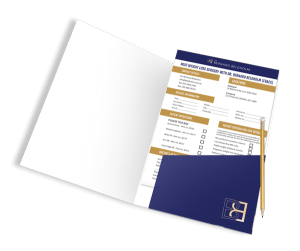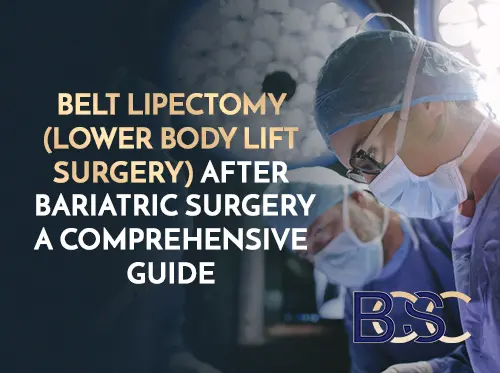Brachioplasty Surgery Guide
Excess skin on the upper arms is a common concern, particularly after significant weight loss or with ageing. As fat in the arms reduces, the skin can appear loose and deflated. Over time, the natural decline in collagen and elastin production contributes further to this issue. The presence of lax skin on the undersides of the arms can make the upper arms appear less firm.
What is Brachioplasty Surgery?
Brachioplasty (commonly referred to as an arm lift) is a procedure that removes excess skin and tissue from the upper arms. It is most often performed on individuals who have experienced massive weight loss, as well as those with changes in skin elasticity due to ageing. During surgery, excess skin and underlying tissue are excised from the region between the elbow and armpit. The aim is to restore a firmer and more defined arm shape.
What are the Benefits of Brachioplasty?
Potential benefits of brachioplasty may include:
- Removal of excess skin from the upper arms
- Improved firmness and definition in the arm region
- Enhanced visibility of the natural musculature of the arms
Who is a Candidate for Brachioplasty?
Brachioplasty may be suitable for individuals who:
- Have loose or redundant skin between the armpit and elbow
- Understand and accept the potential surgical risks
- Can take time off daily activities and work for recovery
- Are prepared to have a surgical scar
- Do not smoke, or are willing to quit before and after surgery
A consultation with a qualified body contouring surgeon is required to determine eligibility.
Types of Brachioplasty Procedures
The surgical technique is tailored to the individual, depending on how much skin excess is present. The main types are:
- Mini brachioplasty – Suitable for patients with mild laxity; the incision is limited to the armpit area.
- Full brachioplasty – For moderate to severe skin excess; an incision usually runs from the armpit to the elbow.
- Extended brachioplasty – Used in cases of significant laxity, extending beyond the upper arm to the chest wall or torso.
Liposuction may be performed alongside these procedures to address associated fatty tissue.
What Happens During Surgery?
The procedure usually takes one to three hours and is performed under general anaesthesia. In most cases, an overnight hospital stay is not required.
- The patient lies face up, with the arms supported at a slight bend.
- If necessary, liposuction is performed first to remove localised fatty tissue.
- A carefully planned incision is made along the inside of the arm, typically extending between the armpit and elbow.
- Excess skin and underlying tissue are removed.
- The incision is closed with sutures, resulting in a tighter arm contour.
- The process is repeated on the opposite arm.
Recovery After Brachioplasty
- Immediate recovery: Most patients spend around an hour in the recovery unit before discharge. Light snacks and water are offered to ease anaesthesia-related nausea.
- Dressings and compression: Bandages and compression garments are applied. Drains may be used temporarily to prevent fluid accumulation and are usually removed at a follow-up visit.
- Pain and discomfort: Pain is generally most intense in the first few days and managed with prescription medications. This transitions to soreness that may last for weeks.
- Swelling and bruising: Swelling is expected and may take several months to fully subside. Bruising typically fades within two weeks.
- Downtime: Most people require one to three weeks off work, depending on the demands of their job. Heavy lifting and strenuous activity should be avoided for at least six weeks. Driving may usually resume after ten days once arm mobility allows.
- Scarring: Scars are initially raised or lumpy but flatten and fade over time. Final scar maturation may take up to 12 months or longer.
Risks and Complications
As with any surgical procedure, brachioplasty carries risks. While serious complications are uncommon, possible risks include:
- Infection
- Delayed wound healing or skin necrosis
- Altered skin sensation or numbness
- Blood clots (deep vein thrombosis)
- Asymmetry of the arms
- Poor scar formation or hypertrophic scars
- Hematoma (blood accumulation)
- Seroma (fluid collection that may require drainage)
- Anaesthetic-related complications
- Unsatisfactory cosmetic outcome, potentially requiring revision surgery
Your surgeon will review these in detail during consultation.
Frequently Asked Questions
Will there be a scar?
Yes. A brachioplasty scar generally runs from the armpit to the elbow. The length depends on the amount of skin removed. Scars can be planned to minimise visibility, but they may remain noticeable from some angles.
Does health insurance cover brachioplasty in Australia?
Private health insurance does not cover procedures performed purely for cosmetic reasons. However, if the surgery meets strict Medicare Benefits Schedule (MBS) criteria, rebates may apply.
Eligibility requirements may include:
- Documented weight loss of more than 5 BMI points
- Stable weight maintained for at least six months
- Chronic symptoms such as rashes, chafing, or recurrent skin infections
- Reduced functional capacity due to excess arm skin
A surgeon can advise if you meet the requirements and submit an application with the relevant MBS item number.
How much does brachioplasty cost in Australia?
The cost varies depending on the extent of the surgery, whether liposuction is performed, the surgeon’s experience, and the facility fees. On average, costs range between $4,000 and $12,000 AUD. A mini brachioplasty generally costs less than full or extended procedures. An accurate quote is provided after a personal consultation.


